Out of any brand, Ferrari building an EV is a pretty big deal, given its whole business is propped up on incredible sports cars that deliver emotion and sound like nothing else on the market—things that electric cars aren’t exactly known for. But with regulations worldwide closing in on the internal combustion engine (for now, anyway), even Ferrari has to get into the EV game.
Now, Ferrari has finally released a bunch of details on what it calls the Elettrica, the company’s first production EV. While the final design hasn’t been revealed, there’s a whole lot of stuff available, including drivetrain specs, power, and range. Though there is a lot of amazing engineering here, there’s nothing, at least going by the spec sheet, that screams “Ferrari” to me. Really, it sounds like any other heavy, four-door, high-powered luxury EV.
There are a whole lot of technical details here, so get ready to dive in.
What’s Under The Skin
Let’s start at the batteries, since that’s the most important part of any electric car. Like in most EVs, the pack is integrated into the floorpan of the Elettrica. It’s made up of 210 cells, split into 15 modules, with each module accessible for service. Ferrari says the pack carries a power density of 195 Wh/kg, which it claims is the most power-dense of any production electric car out right now (for some context, that’s about 15% more power-dense than the pack in the Rimac Nevera).

The pack has a gross capacity of 122 kWh (net capacity will be revealed at a later date), resulting in a range of over 329 miles, according to Ferrari. The company told Car and Driver the car can charge at speeds up to 350 kilowatts at a DC fast charger, quick enough to add 70 kWh in just 15 minutes.
The battery feeds four electric motors, one for each wheel. Each pair is contained within axles made in-house by Ferrari, and uses a synchronous permanent magnet setup. The front pair makes 281 horsepower, while the rear makes 831 hp. The company hasn’t released an exact combined number, saying only that the car makes over 1000 horsepower in “boost mode” (Ferrari doesn’t specify what boost mode entails, though if it’s anything like other EVs, we suspect it’s a temporary setting that squeezes extra juice from the battery and motor for a limited amount of time, in instances where you’d want to do a launch or overtake someone).
That mode is enough for a claimed 0-62 mph time of 2.5 seconds—extremely quick, but a ways off other cars in this arena. The Nevera I mentioned earlier, as well as cars like the Tesla Model S Plaid, the Porsche Taycan, and the Lucid Air, are all quicker.
Signs Of Life

At least it sounds like Ferrari is incorporating fake gearshifts, or at least something like it. The way the automaker describes the use of the steering wheel-mounted paddles doesn’t really make that clear, but it does sound like something worth trying:
Ferrari’s engineers have defined five levels of power and torque selectable sequentially from the right-hand shift paddle to deliver progressively stronger acceleration over a very broad range of speeds. The instantaneous response of the electric engines makes it possible to smooth out the transitions between one level and another so that the inevitable dip in torque is practically imperceptible, giving the driver the time to truly savour the resulting acceleration and offering the sensation of relentless thrust.
When braking, on the other hand, the left-hand paddle can be used to replicate the behaviour of a progressively more intense engine braking effect, calibrated specifically to offer an even more exciting driving experience.
What about the noise? It’s arguably the most important part of any Ferrari, and the company’s engineers know that. While some carmakers choose to replicate ICE sounds from past models, others prefer to enhance the sound coming from the electric motors themselves. Ferrari’s chosen to do the latter:
The sound of the Ferrari Elettrica is not digitally generated, but is the direct and authentic expression of its components: a high-precision sensor installed on the rear axle picks up the frequencies of the powertrain, which are amplified and projected into the surroundings as with an electric guitar, where the sound is not amplified naturally by the body of the guitar itself but by an amplifier.
This sound, Ferrari says, is only played through the speakers when the driver accelerates or starts using the paddle shifters. When you’re just cruising, you won’t hear it.
But Can It Dance?
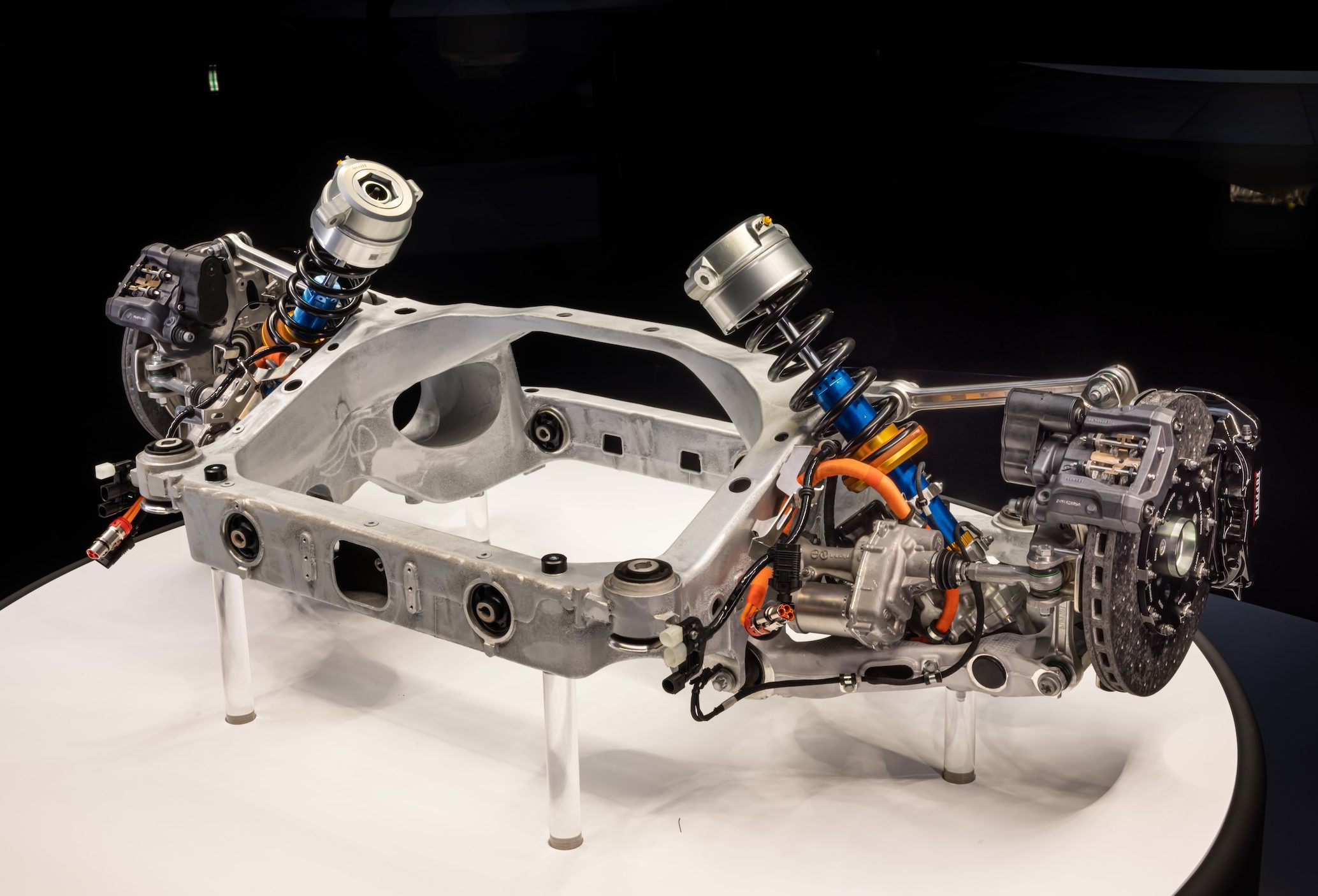
Handling prowess is one of the few ways electric cars can differentiate themselves in the market, and to Ferrari’s credit, it seems like it’s put a whole lot of work into making sure this 5,070-pound car can still dance. The biggest highlight is a rear subframe separated by rubber bushings—the first such setup for any Ferrari in history—added to stave off noise and vibrations from the rear motor. To keep it stiff enough to handle well, the company had to make it hollow:
We used specific bushes to filter rolling noise from the tyres and vibration from the electric axle. These were designed to combine high lateral stiffness with increased vertical and longitudinal flexibility to isolate against vibration from the road without compromising driving dynamics.
This design choice led to a subframe of considerable size, which posed another challenge: keeping the weight of the system down. Inspiration for the solution came from the hollow chassis castings used on the rest of the chassis, and this technology was adapted for this new context. The result is the largest one-piece hollow casting ever produced by Ferrari.
There’s also the suspension. It’s the latest version of Multimatic’s fancy active setup, also seen on the Purosangue and the F80, which uses 48-volt motors attached to each damper to push force into the wheel independently of each other. The system doesn’t require anti-roll bars, and according to Ferrari, it delivers “even greater precision in driving dynamics with superior vertical comfort” over the previous versions of this system.

These days, drivers expect to have lots of choices in their cars when it comes to adjusting things like handling and power delivery. Ferrari was among the first to introduce such a concept, with the Manettino switch in the F430 just over two decades ago. Now, it’s adding a second one:
There are two controllers on the steering wheel that can be used by the driver to tailor their experience. The familiar Manettino on the right selects the settings of the vehicle dynamic control systems: from Ice mode, which maximises stability and maintains all-wheel drive for very low grip conditions, to the extreme ESC-Off mode, in which only the most indispensable systems are enabled – namely active suspension and front torque vectoring – leaving the rear axle unfettered to offer pure, exhilarating driving pleasure. The new Dry mode debuts on this car, which is conceived for day-to-day driving and slots in between Wet and Sport modes.
On the left is the eManettino, which controls the settings of the energy architecture of the car. The power on tap, number of driven axles (RWD or AWD) and the maximum performance attainable differ depending on the mode selected. Three configurations are available, for three different driving styles.
Ferrari says the Elettrica’s weight distribution of 47/53 front to rear is optimal for maximizing “driving pleasure in all situations.” In my experience, more weight over the rear means more fun, so I’d say that’s a good sign.
But What Will It Look Like?
Ferrari describes the Elettrica as having an “extremely short wheelbase” (its wheelbase of 116.5 inches is about two inches shorter than the Purosangue’s), with a design inspired by “mid/rear-engined berlinetta models, with a driving position that places the driver near the front wheels.”
The company confirmed it’ll have four doors, and going from this spy video last year, it’ll take the shape of a low-slung SUV.
The four-seat cabin space is still an unknown, though I bet it’ll borrow a bunch of its design from the Purosangue (though I hope it gets a dedicated center infotainment screen, it was my main complaint when I drove the Ferrari SUV last year).
Will It Succeed?
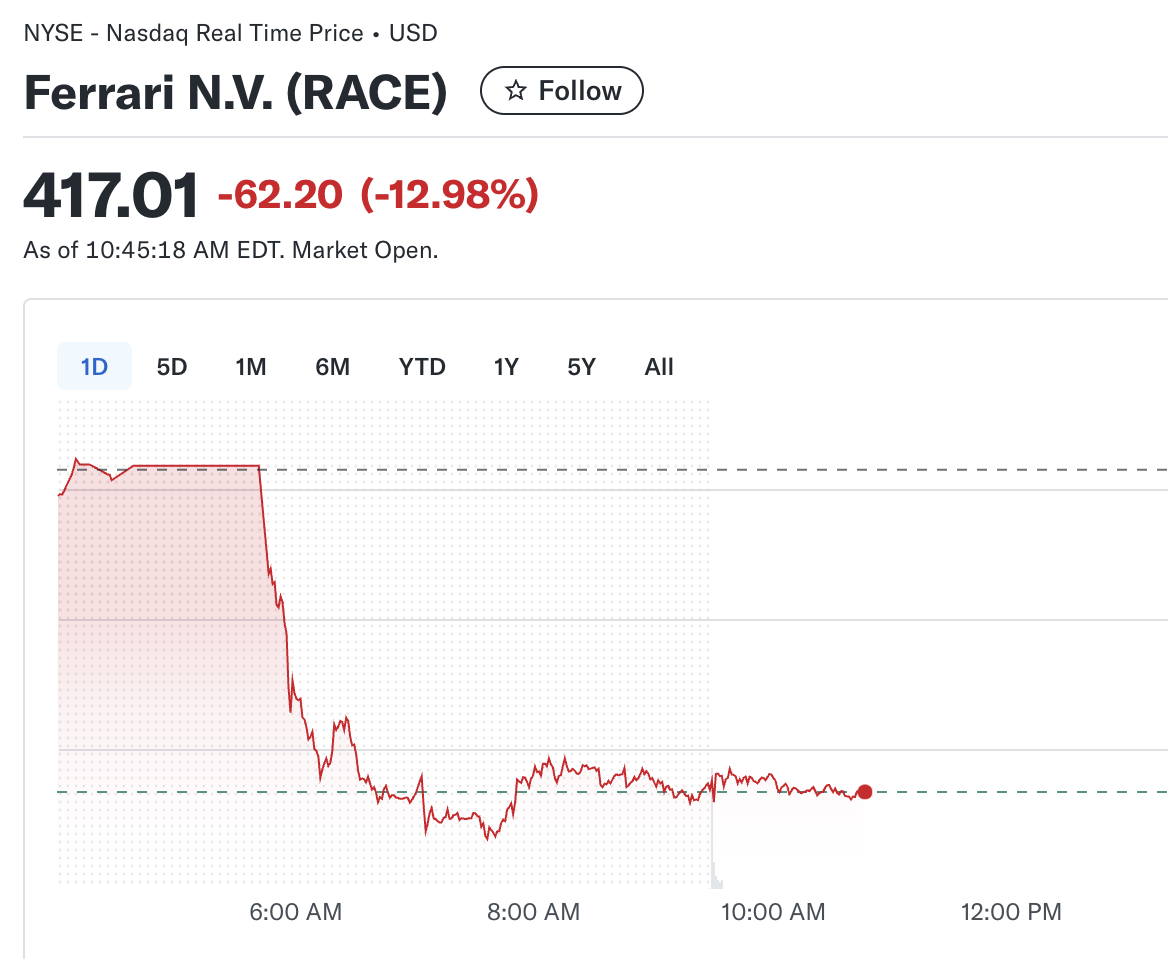
That’s the big question. While I’m sure it’ll drive as wonderfully as any other Ferrari, I’m not sure it’ll be able to differentiate itself enough to stand out. Going by this data, the only thing that this car has that others don’t is a prancing horse badge. The market seems to agree; following the publishing of these specs, Ferrari’s stock tanked by more than 12%.
It’s unclear right now whether the Elettrica will be a Ferrari to be remembered or just another car people will have to buy to get a future F80 allocation—that will have to wait until people actually drive it. I’ll be reserving my final judgement until then.
Top graphic image: Varryx / YouTube
Support our mission of championing car culture by becoming an Official Autopian Member.

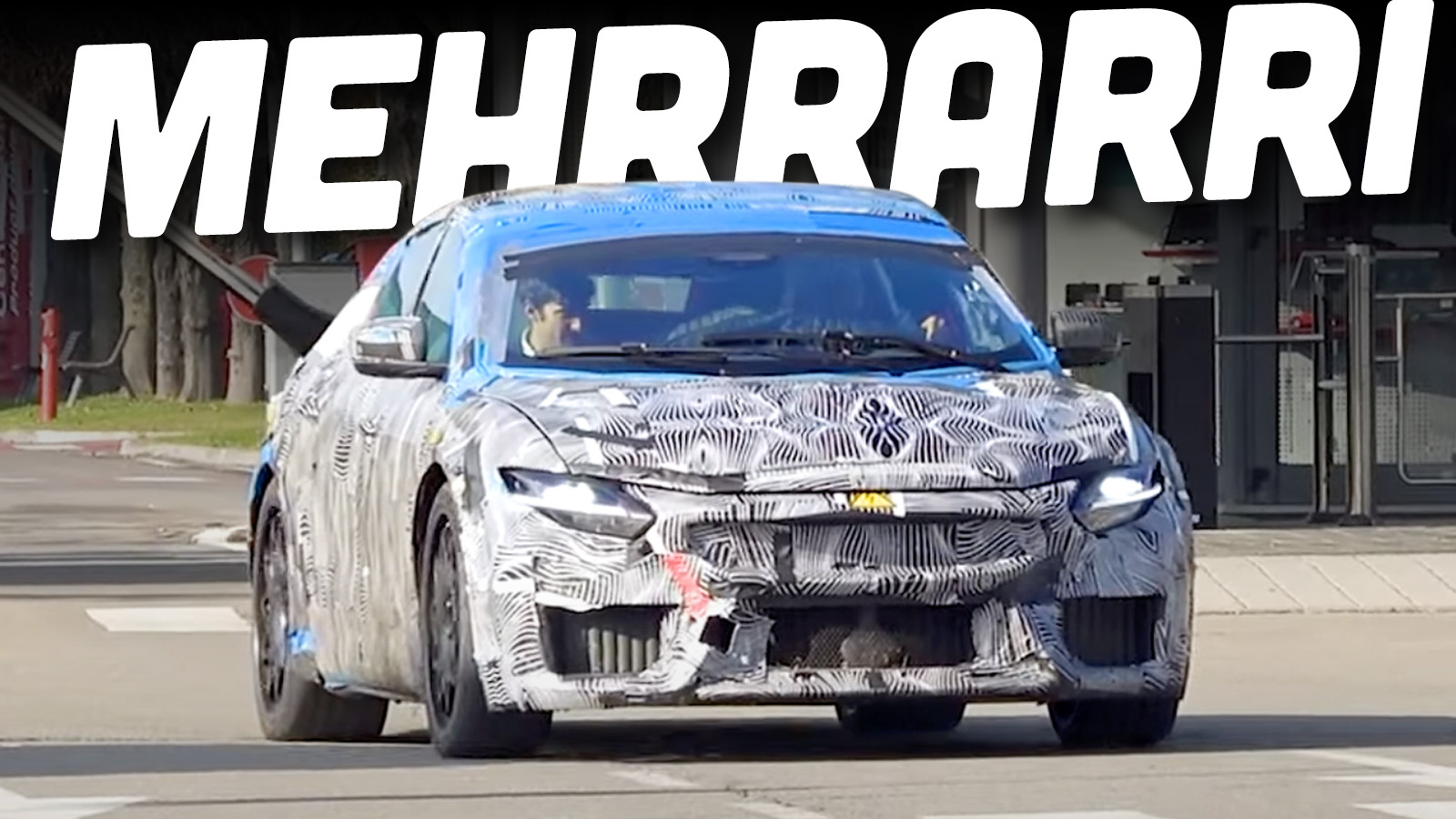



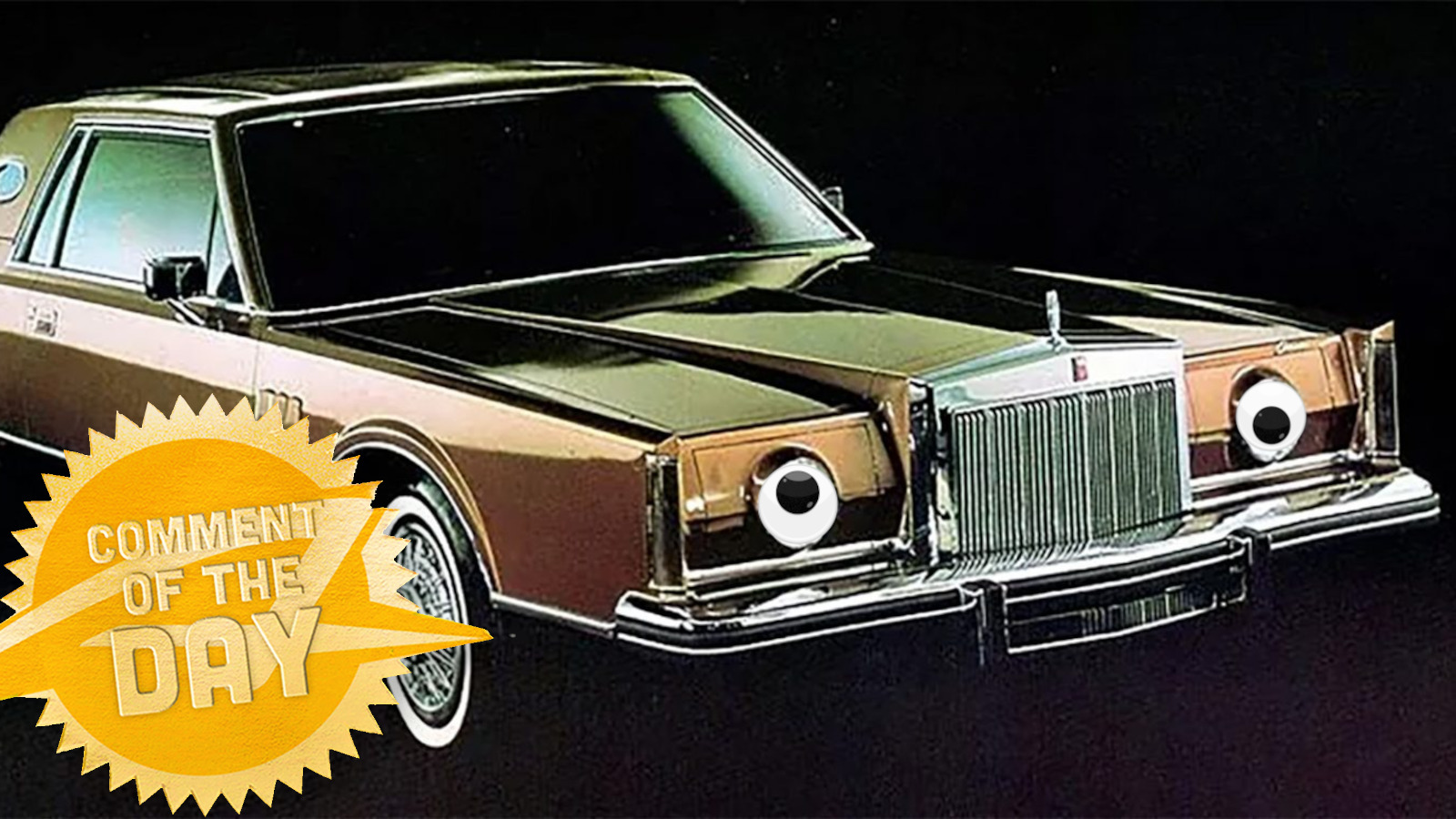

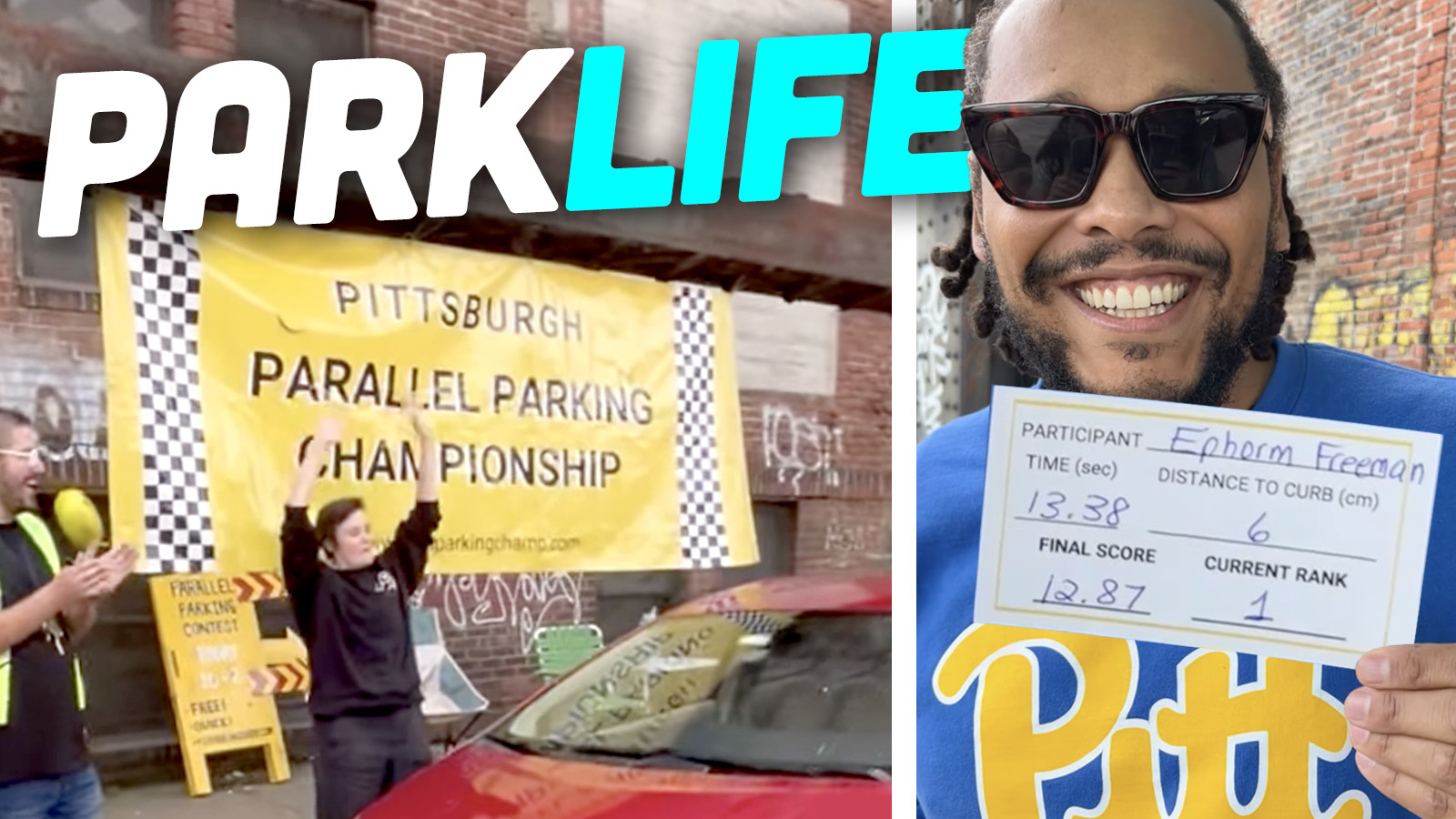
I thought this was a new Malibu at first.
Behold, the Ferrari Electric Appliance!
I keep thinking of Ferris.